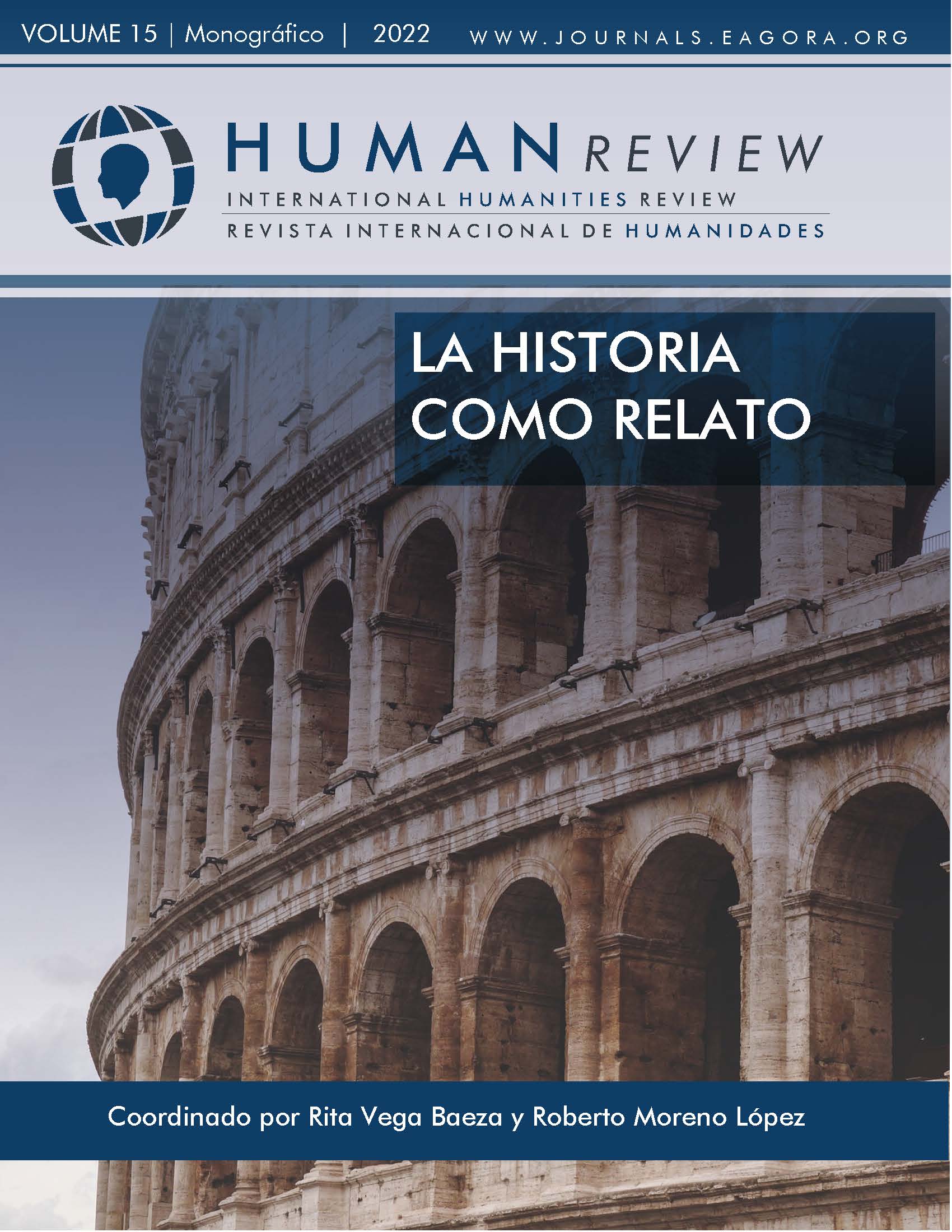Artistic representation of the imperial leadership and its delegation in Sicily of Charles V
DOI:
https://doi.org/10.37467/revhuman.v11.4220Keywords:
Leadership, Delegation, Competencies, Art, Sculpture, Empowerment, HumanitiesAbstract
This paper shows the possibility of using the Humanities in the training of managers by combining two apparently diverse sciences. After defining the main functions of a manager, these functions are identified in the artistic representations of Emperor Charles V and his main viceroy in Sicily. This analysis of their leadership capabilities is carried out following a method known in the area of Human Resources Management as Assesment Center that values through the actions of those evaluated and third-party testimonials the quality of leadership. As a result, we will see that the works analyzed serve to illustrate concepts related to business management so that Art can be used as an effective tool in the training of managers, which indicates its transversality to the other sciences.
References
Arciniega, L. (2013). Las esculturas encargadas por Carlos V a Leone Leni en 1549 y su acabado en España por Pompeo Leoni. Archivo español de arte. 86 (342), 87-105.
Blasi, Giovanni Evangelista di (1842). Storia cronologica dei vicerè, luogotenenti, e presidenti del regno di Sicilia.
Brisset Martín, D. E. (2012). Los símbolos del poder. Gazeta de Antropología. https://doi.org/10.30827/Digibug.21581
Capaccio, G. C. (1989) IL Forastiero. T. II. Luca Torre Editore.
Cardona, P. (2001). Paradigmas de liderazgo. Claves de la dirección de personas. Mc Graw Hill.
Garofalo, E. (2015). Fortifying the Island at the time of the viceroy Ferrante Gonzaga (1536-1546): Sites, master builders and designers, clients. Editorial Universitat Politècnica de València. https://doi.org/10.4995/FORTMED2015.2015.1672
Goleman, D. (2014). Liderazgo. Ediciones B.
Greenleaf, R. (1977). Servant Leadership: A Journey into the Nature of Legitimate Power and Greatness. Paulist Press International.
Guitton, J. (2006). Aprender a vivir y a pensar. Ediciones Encuentro.
Hernando Sánchez, C. J. (2009). Los virreyes de la Monarquía española en Italia. Evolución y práctica de un oficio de gobierno. Studia Historica: Historia Moderna, 26, pp. 43-73 https://bit.ly/3b7rRNu
Hersey, P., Blanchard, K., & Dewey, E.J. (1989). Management of Organizational Behavior. Prentice Hall.
Kohler, A., García Ohlrich, C., & Kohler, A. (2000). Carlos V: 1500 - 1558; una biografía (1. ed). Marcial Pons.
Kotter, J. (2001). What leaders really do. Harvard Business Review, 79(11), 85-96.
Marías, Fernando, Diego de Villalta: fortuna dell’Opera dei Leoni nella Spagna del Cinquecento, Gatti Perer, Maria Luisa (Ed.), Leone Leoni tra Lombardia e Spagna. Istituto per la storia dell’arte lombarda, 1995, 97-103.
Munroe, M. (2008). The Spirit of Leadership. Whitaker House.
Ordine, N. (2013). La utilidad de lo inútil. El acantilado.
Ortega, A. (2005). Alejandro Magno y la gestión de empresas. Ediciones Internacionales Universitarias.
Ortiz, J.M. (2007). Las estrategias empresariales de Ulises. Cómo hacer que las cosas ocurran. Pearson Educación.
Orueta, L. de. (2021). Los virreyes del sur de Italia I, Sicilia 1414-1735. https://bit.ly/3z1Y7JP
Pérez, B. (2018). La reputación: Quête individuelle et aspiration collective dans l’Espagne des Habsbourg hommage à la professeure Araceli Guillaume-Alonso. Sorbonne université presses.
Rodríguez, M. R. (1989). Doctrina y práctica política en la monarquía hispana: Las instrucciones dadas a los virreyes y gobernadores de Italia en los siglos XVI y XVII. Investigaciones históricas: Época moderna y contemporánea, 9, 197-214. https://bit.ly/3zukYyR
Signorotto, G. (2020). Ferrante Gonzaga. Real Academia de la Historia. https://bit.ly/3cF8RWM
Valseriati, E. (2015) Carlos V, Ferrante Gonzaga y la Lombardía veneciana: la conspiración de Cornelio Bonini, Brescia, 1547. Pedralbes: Revista d‘historia moderna, Nº 35, 43-70. https://bit.ly/3J0S4d4
Vesco, M. (2011). Pietro Antonio Tomasello de Padua: Un ingeniero militar véneto en la Sicilia de Carlos V. Espacio, Tiempo y Forma. Serie VII, Historia Del Arte, 0, 22-23. https://doi.org/10.5944/etfvii.22-23.2009.1421a
Downloads
Published
How to Cite
Issue
Section
License
Those authors who publish in this journal accept the following terms:
- Authors will keep the moral right of the work and they will transfer the commercial rights.
- After 1 year from publication, the work shall thereafter be open access online on our website, but will retain copyright.
- In the event that the authors wish to assign an Creative Commons (CC) license, they may request it by writing to publishing@eagora.org









